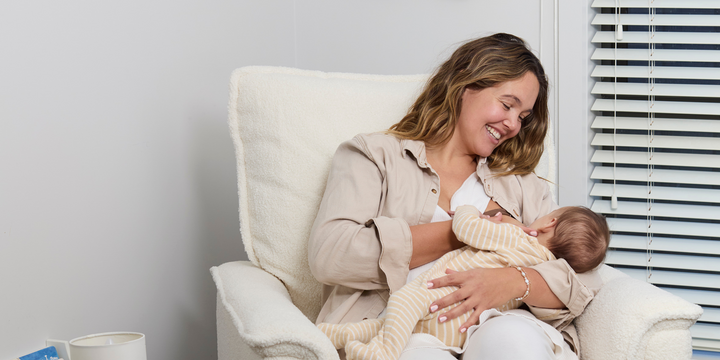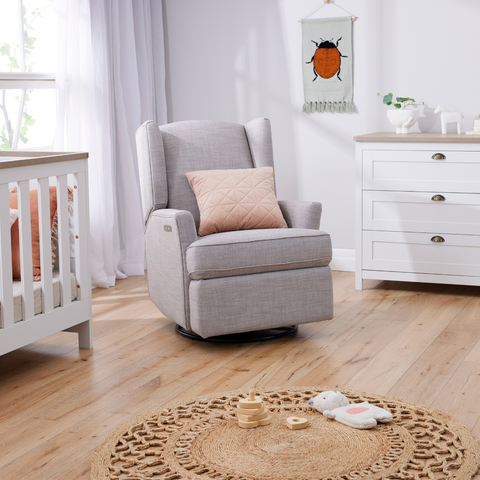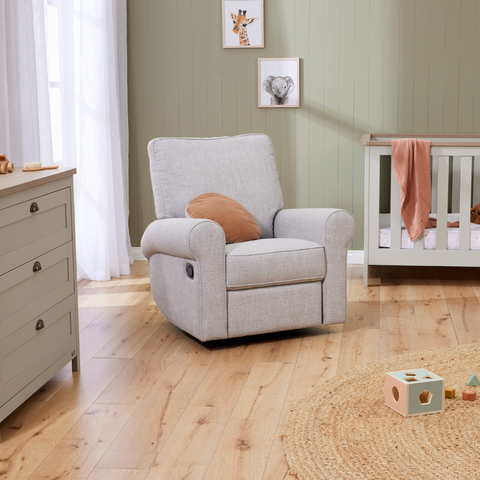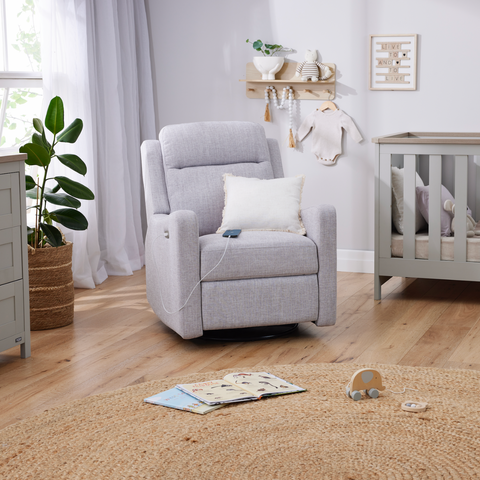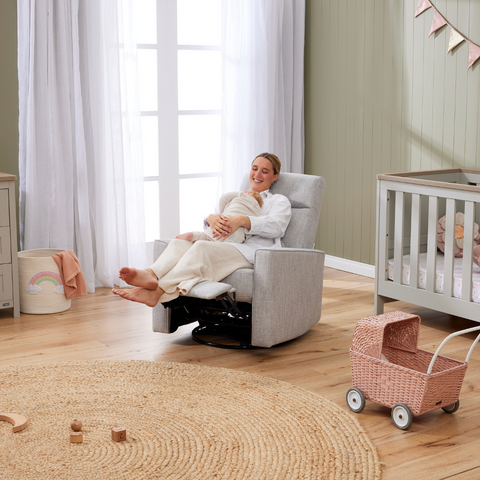Plan B Sleep Consultant: Expert Tips for Daylight Savings Time with Your Baby
The countdown is on until my favourite time of the year. The nights become shorter, and the sun is setting later. While we technically lose an hour of sleep, we gain a later start if we have early rising babies.
When we move the clock forward by an hour, it can disrupt our circadian rhythm (the pattern your body follows based on a 24-hour day) and cause our little ones to fight sleep and stay up later than usual. Newborns and babies under 4 months old aren’t going to be affected by this as their circadian rhythm isn’t set just yet so you have a bit more time to enjoy the flexibility.

It's very common to be concerned about the time change however there is no need to panic as there are many things you can do to make the transition into spring as disruptive as possible…
-
Why does a baby’s sleep get affected when we move into new seasons, and what is unique about spring? Babies' daily biological clocks or rhythms are regulated by when they eat, sleep, and are exposed to light and darkness. Therefore, with consistency, their nap times will become predictable. With daylight saving time, we lose an hour of the day, and as a result, a baby's sleep becomes disrupted due to shifts in sleep times and light exposure.
-
What are the biggest pitfalls parents make when finding a new sleeping rhythm for their little one moving into spring? In most cases, the concept of daylight-saving time scares parents, so they start to second-guess their routines and settling. It is important to approach it with a strong plan. By doing this, everyone is on the same page and can take over if you need a break. Avoid multiple changes and back and forth with different routines as this will only drag out the alignment of the new routine.
-
Can parents do any preparation work in the lead-up to spring? When is the perfect time to start making changes? Whether you're a planner or an adjuster there are steps you can take to help your little one adjust to daylight savings. In my training, I offer two preparations to choose from. The proactive plan takes place a week before when you shift your child’s routine 15 mins earlier every 2 days. This will include naps, feeds and bedtime 15 minutes earlier than usual. By the end of the week, their routine will have shifted to daylight savings time. The reactive plan is implemented on the first morning of daylight savings. Wake your baby at the new time of 7:00 am. Structure their naps, feeds and bedtime around the new time. This is likely to take a few days for them to adapt to the new times but remain as consistent as possible.
- How does the room environment, such as having the right cot, bedding, furniture and general ambience make a difference to the quality of sleep for little ones as we change seasons? A baby’s sleep environment is one of the most vital components when it comes to your baby sleeping. This is a place you and your baby will be spending a lot of time. Ideally, you want this space to be tranquil and relaxing. Avoid too much clutter and stimulation in the room.
I often explain to families when choosing cot sheets, using natural fibres for your baby’s bedding is the best choice. It's important to avoid synthetic materials as these do not breathe, increasing the risk of overheating for your baby.

Instead of using blankets, consider investing in high-quality sleeping bags with TOG ratings. This will not only better regulate your temperature but also improve your chances of sleeping well. For our babies who are not rolling yet, an arms in swaddle is ideal as this will reduce the startle reflex.
Investing in a high-quality cot is another necessity I suggest my families get as it will provide them with comfort, peace of mind and where their baby will spend most of the day. Ensure the materials are free from harmful chemicals and meet Australian standards.
When it comes to a nursing chair aim for comfort. You want one that is going to support your back, neck and shoulders as this is where you are likely to be doing most of your feeding. This will not only help you to relax but will also ensure your baby has a good feed before they go to sleep.
-
What is the most common issue or concern parents usually come to you with ahead of spring? In many cases, the main concerns from families are that their little ones will become overtired. Their previously awesome little sleeper is now resisting naps and bedtime, so they have tried everything to get them to sleep without realising they have created an association for their little one to fall asleep. I often explain that babies’ sleep is like a puzzle in that you it is important to have all the right pieces for the full picture. These include routine, environment, consistency and contingency plan.
- What is the biggest tip you could give to a parent as they move into spring with their baby’s sleep? Ensure you have a plan and stick to it whether that be to plan or adjust on the day. Avoid introducing new ways of falling asleep as this will cause more issues down the track. Have a contingency plan if your little one doesn’t fall asleep for their day sleeps on time and aim for a 6:00 pm bedtime if little sleep is had to reduce over tiredness. Alongside this, there are a whole load of considerations. Here are the key ones to stay on top of:

Preparation is key
It's important to prepare ahead of spring. Decide a few weeks beforehand whether you want to start the process a week prior for a smooth transition, or if you want to wait until daylight savings begins, which will only take a few days to align their circadian rhythm.
Blackout blinds are essential
During the first 12 months, it's optimal for babies to sleep in a pitch-dark room, and then slowly transition to an environment with reduced light to encourage the production of melatonin and minimise stimulation.
Consistency is crucial
Stick to your usual wind down and settling technique as your child adjusts to their new sleep time. Avoid changing the way they go to sleep during this adjustment period as this can lead to new associations of getting to sleep.
White noise
Creating a layer of white noise can create a calming effect and reduce external noises like birds, TV sounds, and traffic. Aim to have the volume around 60-65 decibels. You can use an app on your phone to measure the decibel level of your white noise machine
Routine is best
Avoid fixating on awake times, especially if your little one is taking short naps. This can lead to overtiredness and more nighttime waking or early rising. Focus on an age-appropriate routine. Doing this will provide the correct amount of sleep for your little one to make it through the day without being over-tired.

Bianca is a trusted midwife and certified sleep consultant through her business Plan B Sleep Consulting (www.planbsleepconsulting.com.au) Bianca prides herself on supporting and empowering parents to achieve restorative night sleep. With well-researched science at the core of her sleep and sleep deprivation support, Bianca has helped over 3,000 little ones get a better sleep to date.


